Do you have a mini garden at home? Do plants make you feel comfortable by just simply looking at them? Taking care of plants is a new trend nowadays. You can get many advantages when you take care of the plants at home. Planting is not just putting a seed into the soil and water it every day; it is a step-by-step procedure where extra care is a requirement. You should know how to plant a specific seed, and you must know how you should water your plants. There are also nutrients needed for the plants to grow. These nutrients are called “fertilizers.”
FertilizerAny material added into the soil (or sprayed on leaves) to give more nutrients to plants. Fertilizers often give Nitrogen, Phosphorus, and Potassium (NPK) to plants. Fertilizers can be organic or inorganic. is a natural or man-made material needed for the plants to get enough nutrients that are sufficient for their growth. Fertilizers also nourish the natural fertility of the soil. In this article, you will know the best fertilizer for home garden and how often you should fertilize your plants. Keep reading and learn more about how you can grow your plants naturally.
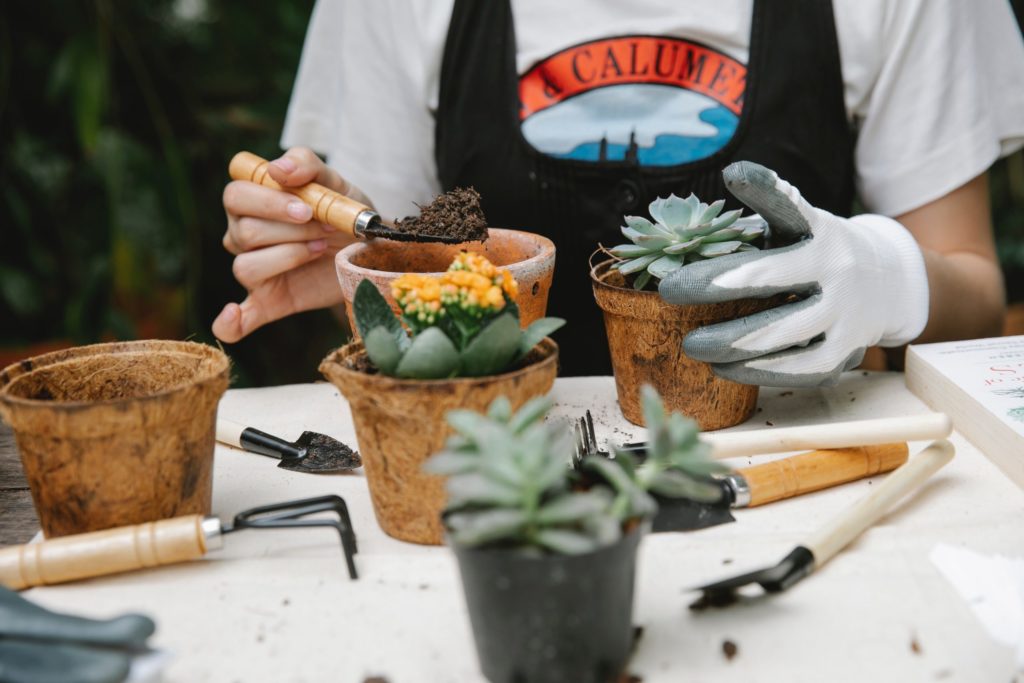
What are the benefits of taking care of a plant?
There are a lot of advantages when you are taking care of indoor and outdoor plants. Plants can be a decoration, but do you know that they can also boost your moods and give you a feeling of relaxation? Yes! You heard it right. Plants are therapeutic for your mental health and participate in cleaning the air that you breathe. Plants have a big participation in gas exchange and air circulation.
Types of fertilizers
When you know how to take care of plants, you must also know the importance of fertilizers. Here are the four common types of fertilizers that you must know:
OrganicAn organic material is any material derived from plants, animals, fungi, or microbe sources (i.e. living things) and is biodegradable. 'Organic' can also refer to the gardening practice that involve zero use of chemicals as fertilizers, pesticides, etc. Plants grown organically are healthier and produce fruits with more quality. and Inorganic Fertilizer
This is the most common type of fertilizer. Organic fertilizers are like plant and animal products and waste. It can be a peel of fruitFruits are seed-bearing pods formed by the ripening of a plant pericarp after flowering. Plants produce seeds after pollination. The seeds of plants are stored in sweet and nutritious pods called fruits. or vegetable. Inorganic fertilizers are those fertilizers that have chemical contents that the plant needs for its growing phase.
Nitrogen Fertilizer
This type of fertilizer is used for plants that are in the middle stage of the lifespan. This fertilizer helps the large plant to grow continuously.
Phosphate Fertilizer
This type of fertilizer helps strengthen plants’ roots and helps flowering and fruit-bearing plants.
Potassium Fertilizer
This type of fertilizer also helps strengthen the roots and prevent your plant from having a yellowish or brownish spot on its leaves.
When to fertilize your plant?
Plants differ when it comes to watering. Not all plants need water every day, and you should take into consideration this one. When it comes to fertilizing, the most common way is to fertilize a plant on the third irrigation. For example, you are watering your plants every day; the best day to fertilize is on the third day of watering. It is advisable to fertilize your plant at least once a week. Fertilizing is very important for plants because they get the nutrients they need to grow.
Conclusion
When taking care of plants, make sure that you know all the plants you have in your home or garden. By knowing all the facts, you will prolong its life, thus making it healthier. You must also know the ways on how and when to fertilize your plants. Fertilizing a plant can have its advantage and disadvantage, so it is better to know the dos and don’ts when you are about to fertilize. It is also recommended to know first the best fertilizer that you need for your plants.
This article was made in collaboration with Garden Simply.
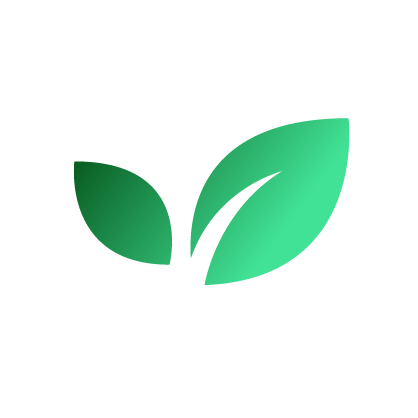
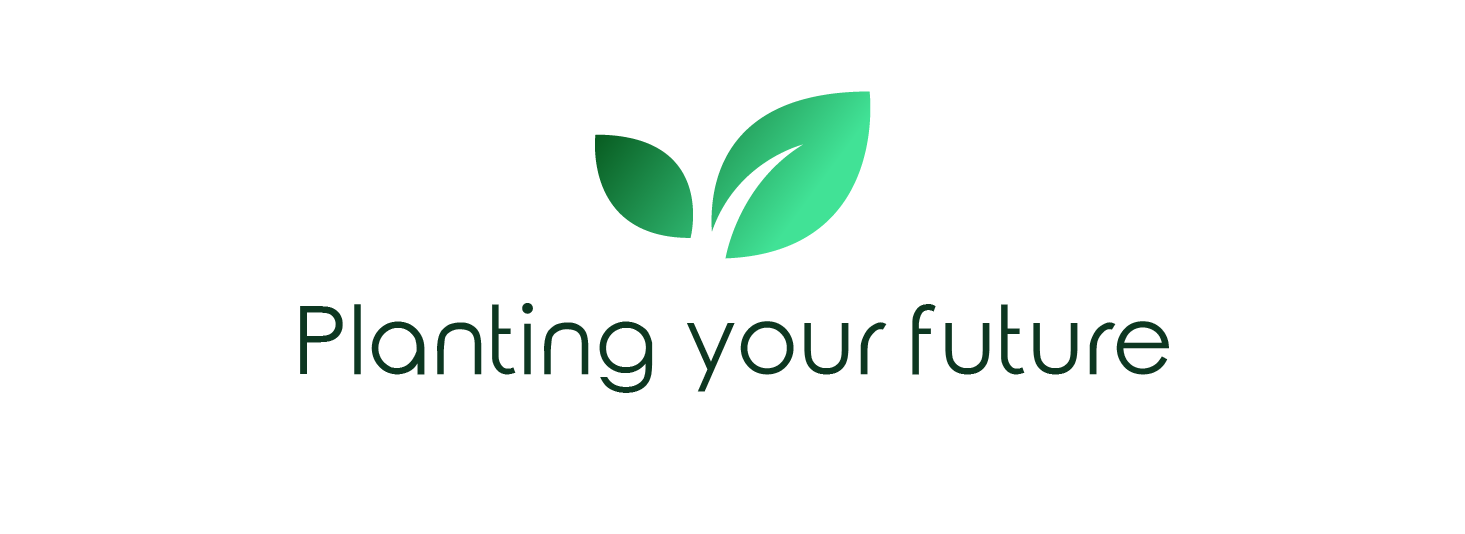

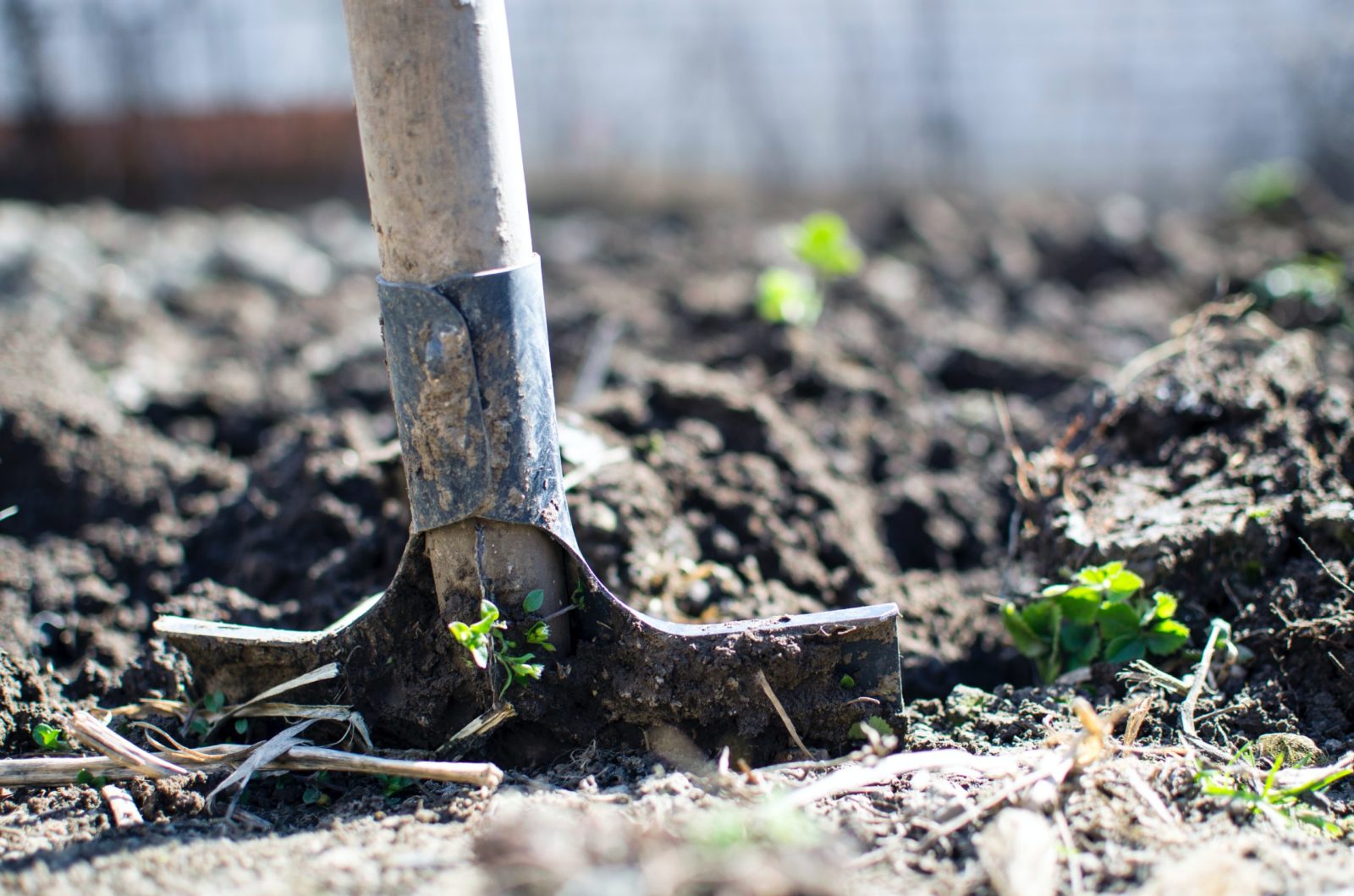
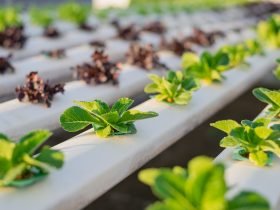

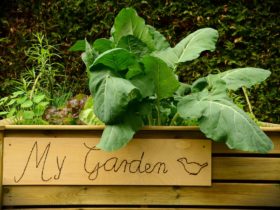
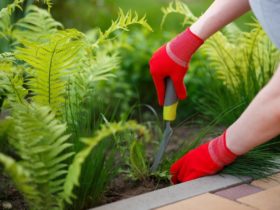
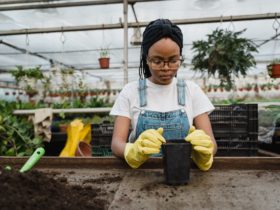
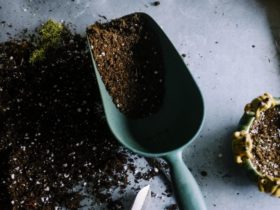

Fertilizing your plants is an important part of ensuring they thrive. Many people may wonder how often to fertilize their plant; but the answer varies depending on various factors such as temperature, lighting levels and type of soil. The first thing you should do before fertilizing a container grown plant for example, is check that there are no drainage holes in the bottom of it’s pot because this will help avoid any fertilizer from running out onto surfaces or other nearby plants which can lead to root damage over time. You also need to ensure adequate water reserves are present so a dry sponge test might be necessary if not using bottled water when hand watering pots with more than 2-3 inches deep rooted specimens like succulents!
Hey ShunCy, placing a dry sponge in your container is a great idea to ensure adequate water reserves in smaller containers. Thanks for reading!